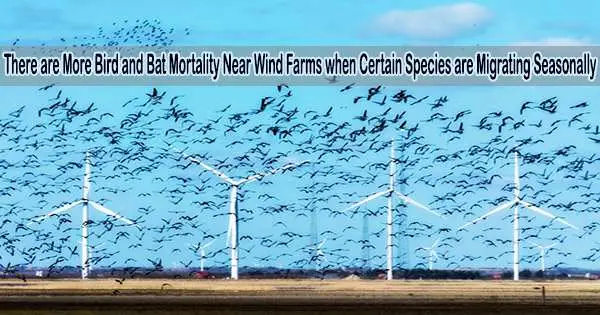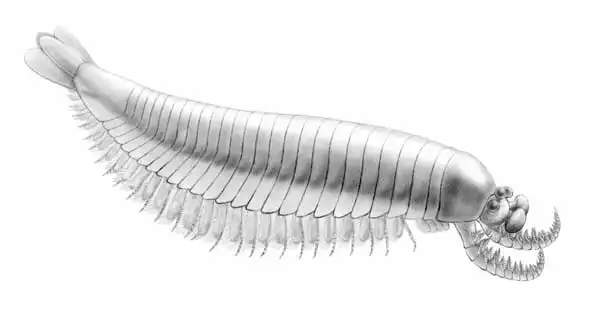According to a study by John D. Lloyd from the Renewable Energy Wildlife Institute of Washington DC, U.S., and colleagues published on May 10, 2023 in the open-access journal PLOS ONE, bird and bat fatalities at wind turbines rise during seasonal migrations. This information could help with their protection.
Despite the fact that there have been local and regional studies on the deaths of birds and bats brought on by wind turbines, this study examines data from 248 wind turbine facilities across the United States, or about 30% of all U.S. turbine facilities, in order to examine broad patterns in the deaths of birds and bats at these locations.
The authors analyzed daily carcass counts between 2009 and 2021 for birds (3,789 in total) and bats (10,291 in total) killed at turbine sites where specific dates were provided.
The generated models demonstrated that the ecoregions where wind turbine sites are built and operated reflect the seasonal pattern of collision fatalities. The majority of American facilities are located in the prairies and plains of the central and western states, where numerous species of grassland birds are year-round inhabitants and frequently at risk of collision.
First and foremost, this study helps us understand why certain species of birds and bats are more likely to collide with wind turbines than others. But it also highlights the power of collaborative research our analysis, and the patterns that it uncovered, was only possible because we could draw on data from hundreds of different studies conducted across the United States and compiled in the American Wind Wildlife Information Center.
John Lloyd
The long-distance migrations of forest birds, however, are solely impacted by these facilities, and they exhibit two peaks in deaths that coincide with these migrations in the spring and the fall. Regardless of ecoregion, the number of bat fatalities increased from mid-June to mid-November, peaking in the late summer and fall.
In the case of migratory tree bats, species found in several ecoregions tended to exhibit earlier mortality peaks in more northern ecoregions, which is likely indicative of these bats’ southbound migration.
Only 114 of the 370 potential datasets that the authors could have used because they didn’t have a complete search plan. They demand more thorough data reporting from American wind farms in order to more fully describe these death patterns.
Based on their findings, they also point out that modifying curtailment standards for wind farms to be more ecoregion-specific would allow for more frequent operation of particular turbine sites while safeguarding larger numbers of vulnerable bird and bat species.
“First and foremost, this study helps us understand why certain species of birds and bats are more likely to collide with wind turbines than others,” said John Lloyd, the lead author.
“But it also highlights the power of collaborative research our analysis, and the patterns that it uncovered, was only possible because we could draw on data from hundreds of different studies conducted across the United States and compiled in the American Wind Wildlife Information Center.”
















